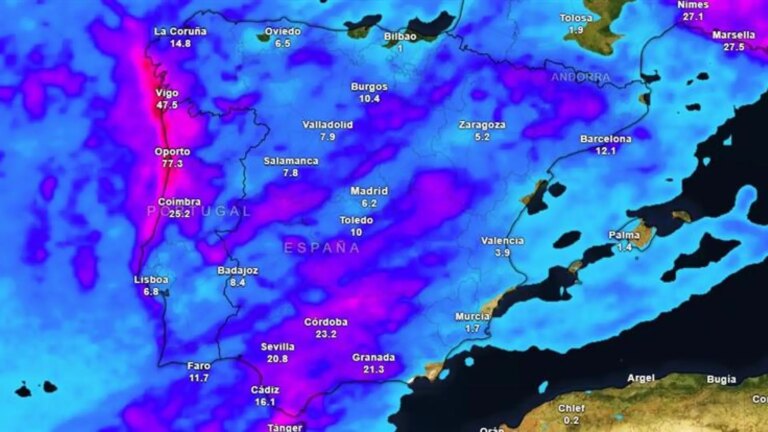
AFP columnist
A small bag with enough for the day’s shopping. Faced with overwhelming price increases that herald a return to hyperinflation, which many experts see as inevitable, Venezuelans are running out of pockets.
Venezuela’s inflation rate reached 130,000% annually in 2018, the culmination of a four-year period of hyperinflation that ended in 2021. According to President Nicolas Maduro, the inflation rate was 48% last year. The central bank has not published this indicator since October 2024.
The IMF predicts that prices will rise 548% this year and 629% in 2026. Other economists have pointed to price increases of more than 800%.
Jacinto Moreno does just that. “If I earn 20 bolivars, I spend 50 bolivars,” sums up this informal merchant in central Caracas. “Every day the prices go up.” President Maduro has praised his management of the economy, which he claims is under siege by the United States between sanctions and a current military deployment in the Caribbean, which he denounces as threats of subversion and an attempt to extort Venezuela’s oil wealth. The GDP growth rate in 2025 is predicted to exceed 9%. The IMF is predicting 0.5%, and some analysts are predicting 3%.
Norma Guzman leaves the store with three tomatoes in a bag. “I don’t have enough, so I shop at the market every day,” says the housewife.
Economist Oscar Torrealba predicts that by 2025, inflation will be 811%. “This definitely brings us very close to a hyperinflation scenario,” he points out. “For a country to be considered hyperinflation, (price) fluctuations need to exceed 50% each month for three consecutive periods (months),” he explains.
Other experts point out that an annual inflation rate of 500% is already considered hyper, especially since this indicator is globally low. This is a theory that replaces the mid-20th century definition of 50% per month for a year.
After the arrest of several experts in mid-year, including the former finance minister, few economists living in Venezuela have publicly challenged official arguments.
The arrest was not officially announced, but coincided with a series of police operations against disclosures of Parador prices on deleted pages.
References were then left to the free will of the exchanger or cryptocurrency reference.
“Further acceleration”
Unlike during the severe crisis, when people stood in line for hours to buy half a kilo of coffee or sugar, there are no shortages in Venezuela.
President Maduro subsequently addressed the situation with increased fiscal discipline, halting currency printing, easing regulations, and decriminalizing the use of the dollar, which has become the de facto currency. In fact, Venezuela reports its inflation rate in dollars, which Torrerealba puts at nearly 80% annually as of October.
Indeed, in an economic climate that leaves little room for maneuver, the dollar is key to this new inflation scenario.
One of the main foreign exchange suppliers to the system is the oil company Chevron, which now operates on a limited basis and pays royalties to the country in crude oil rather than in cash as before.
Venezuela sells its oil on the black market at deep discounts.
Currently, as the number of dollars in the market decreases, the exchange rate difference between the official price and the parallel price has expanded explosively by more than 60%.
So far this year, dollar prices have risen almost 400%.
“We pass it on to inflation,” explains Juan Carlos Valdes, a political economy professor elected to the ruling party. However, he argues that inflation will rise “at a faster rate than exchange rate movements” as retailers adjust to be cautious.



